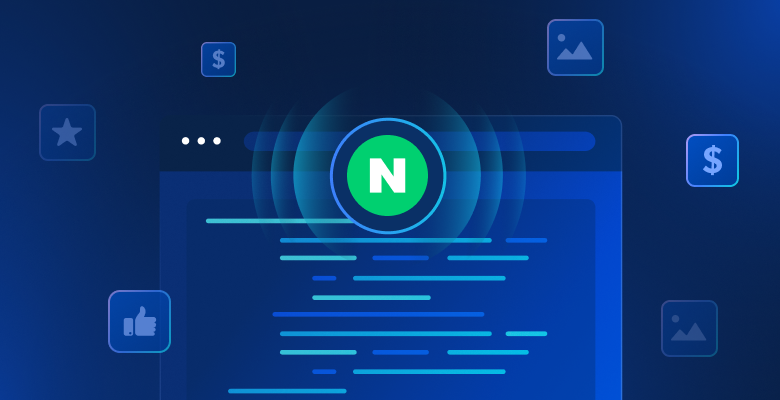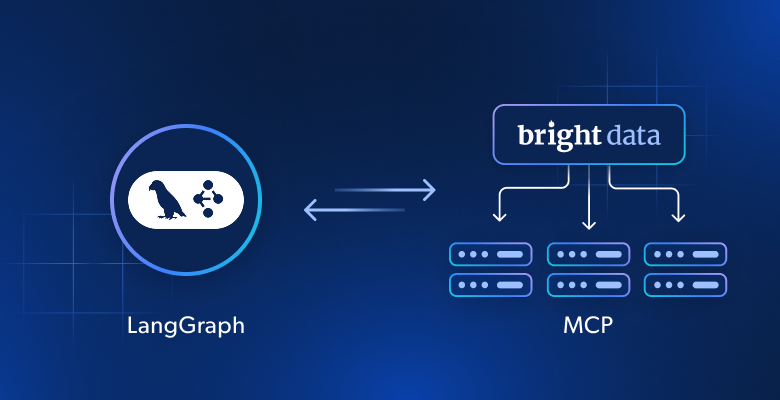In this article we will discuss:
- Analyzing social sentiment in real-time sheds light on new consumer trends
- Monitoring reviews enables companies to do better based on real user feedback
- Learning from competing entities management style can help teams run faster
Analyzing social sentiment in real-time sheds light on new consumer trends
Analyzing web data using Natural Language Processing (NLP) from social networks is now helping management understand, model, and monitor consumer motivations, and needs. This in turn helps create products, services, and marketing campaigns that are better suited to target markets, positively influencing bottom lines vis-a-vis teams that act based on not only years of experience (professional intuition) but also cold hard web data.
For example, the Chief Marketing Officer (CMO) at a company involved in eCommerce may be focused on selling baby products to young Gen Z couples. In this context, he/she may look towards web data points, collecting information from social media groups for new parents, for example.
By analyzing posts and comments in a certain geography, this company may identify young professionals who lack the time to go shopping for accessories, organizing a bedroom for a new baby, and all that that entails. In order to attract these consumers, management can communicate these needs to company employees who can then approach this segment with a better understanding of their pain points and come up with better solutions, and approaches.
For example offering a service which allows parents to answer a simple questionnaire regarding budget, style, and gender and then having all items picked out, delivered, and assembled on their behalf.
Monitoring reviews enables companies do better based on real user feedback
Instead of playing educated guessing games, managers can gain insight into what customers really think about their products and services (both good, and bad). It is in this way that team leaders can motivate employees to do more of what is working and less of what is not, attaining better user engagement/retention rates and increasing consumer spend. All while removing unnecessary stress from people at the company.
A product manager for a phone call recording application, for example, may want his or her team to make decisions based on real user feedback. It is for this reason that they may want to collect reviews regarding their tool from various app stores. Such data points may yield insights such as:
- Users find there to be too many steps when attempting to connect the app with a live phone call that they are trying to record.
They may also discover that:
- Customers love the fact that they can have their chats automatically transcribed and then read through or quote certain sections of an important phone conversation.
This can shed light on what features consumers consider to be valuable and which they consider cumbersome. This empowers team leaders to be able to focus on what is actually important to users instead of burning out developers on features that aren’t being used or appreciated.
In the case of the above example, the web data in question can inform the product manager that working on features that help access conversations at a later date are helpful and important. ‘Devs’ can then focus on improving what already exists and adding new features such as dividing the text into the different parties that participated in a relevant conversation.
In terms of complexity when recording, this is probably the most important aspect of an app whose sole purpose is to make it easier to record calls. And a strategic decision may be made to focus on simplifying this one issue and reducing friction to one simple click over the next two quarters.
Learning from competing entities management style can help teams run faster
Web data can provide C-level management with insights into how their competition is managing teams, and workflows so that they can adopt relevant tactics to their teams and circumstances. Things like employee LinkedIn activity, workshops/webinars, and other publicly available activities can shed light on corporate cultures that are conducive to success and can serve as a learning opportunity.
For example, an individual who is acting as the Chief Operating Officer (COO), typically in charge of Human Resources may be interested in collecting all LinkedIn activity of employees at competing travel agencies. This may shed light on things such as:
- People at a competing entity seem to be operating as individuals with high levels of independence, identifying different marketing tactics that may coincide with one another but resonate with different target audiences.
- It may be evident from other company profiles that employees receive free or heavily discounted vacation packages enabling the company to provide them with a perk, helping employees better resonate with customers, and generating social buzz and employee-driven excitement around the product.
The bottom line
‘Informed intuition’ is a new way in which management, and employees can approach their businesses, clientele, and competitive landscape. It takes ‘intuition’ which has been earned from years of experience. Combining this with user/competitor-driven web data that can help navigate the seas, helping teams to channel their energy using a results/need-based approach.
Start informing your day-to-day management decisions.







